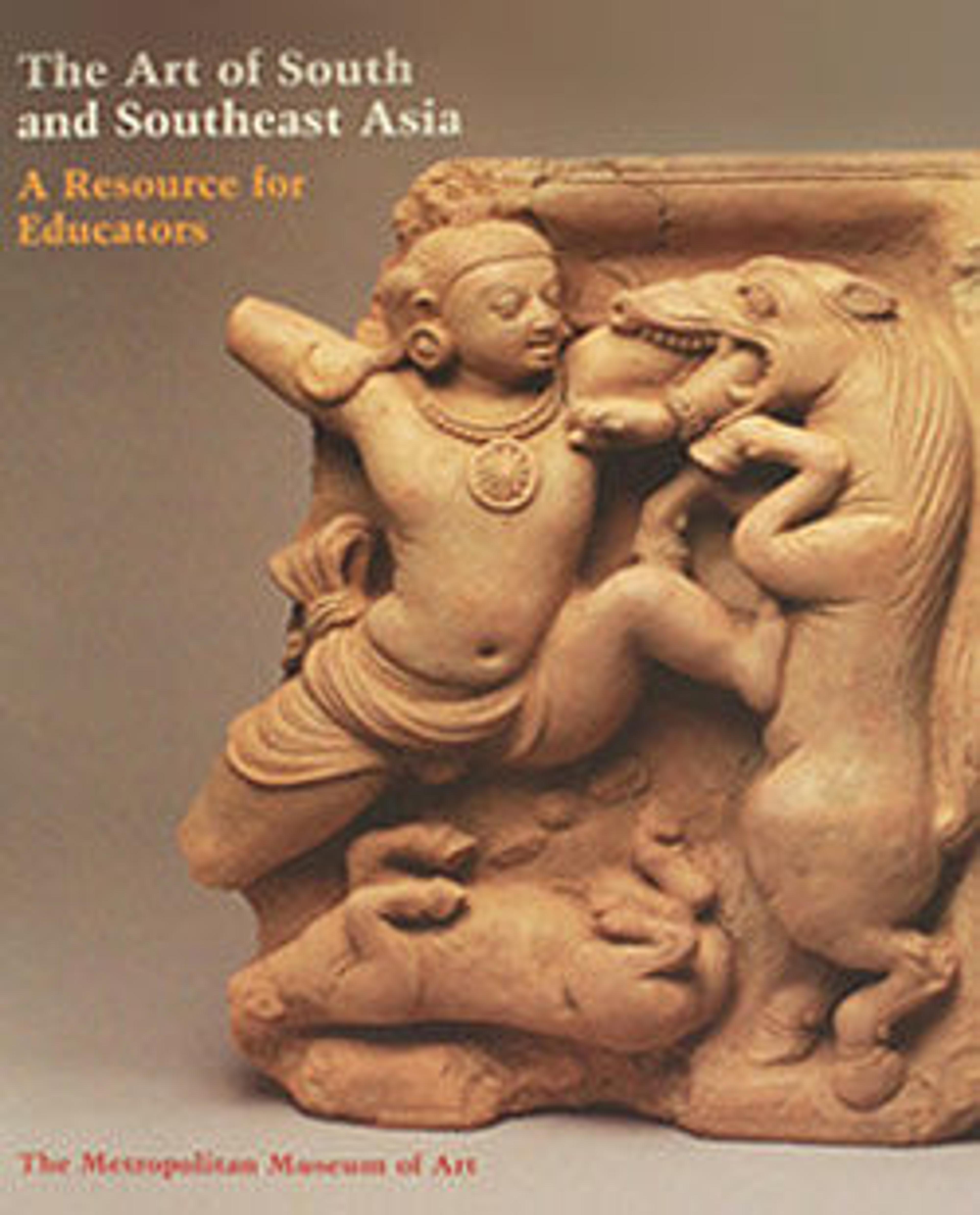Standing Four-Armed Vishnu
This distinguished example of the pre-Angkor style comes from the Zhenla kingdom in the Mekong Delta of South Vietnam. It preserves the flavor of Indian sculpture, particularly in the full, round forms of the face. Vishnu's headdress is the orthodox high miter. He holds a conch (shankha) in his raised left hand and a war discus (chakra) in his right. His lowered left hand rests on the remains of a mace (gada). Originally, there were structural supports between the sides of the miter and the upper emblems. A portion of one is still visible on the right side of the miter.
Artwork Details
- Title:Standing Four-Armed Vishnu
- Period:pre-Angkor period
- Date:second half of the 7th century
- Culture:Vietnam (Mekong Delta area)
- Medium:Stone
- Dimensions:H. 38 in. (96.5 cm); W. 17 in. (43.2 cm)
- Classification:Sculpture
- Credit Line:Purchase, Lita Annenberg Hazen Charitable Trust Gift, 1992
- Object Number:1992.53
- Curatorial Department: Asian Art
Audio
7993. Standing Four-Armed Vishnu, Part 1
0:00
0:00
We're sorry, the transcript for this audio track is not available at this time. Please email info@metmuseum.org to request a transcript for this track.
Listen to more about this artwork
More Artwork
Research Resources
The Met provides unparalleled resources for research and welcomes an international community of students and scholars. The Met's Open Access API is where creators and researchers can connect to the The Met collection. Open Access data and public domain images are available for unrestricted commercial and noncommercial use without permission or fee.
To request images under copyright and other restrictions, please use this Image Request form.
Feedback
We continue to research and examine historical and cultural context for objects in The Met collection. If you have comments or questions about this object record, please contact us using the form below. The Museum looks forward to receiving your comments.
